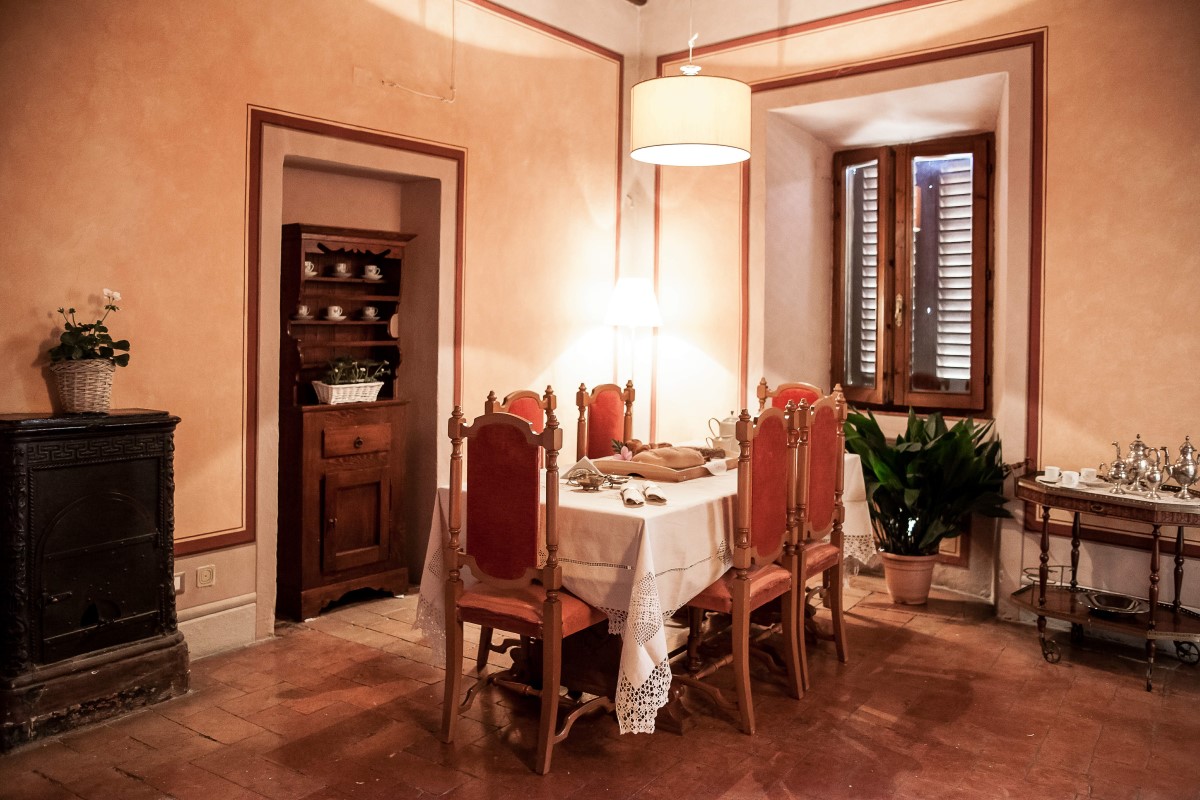
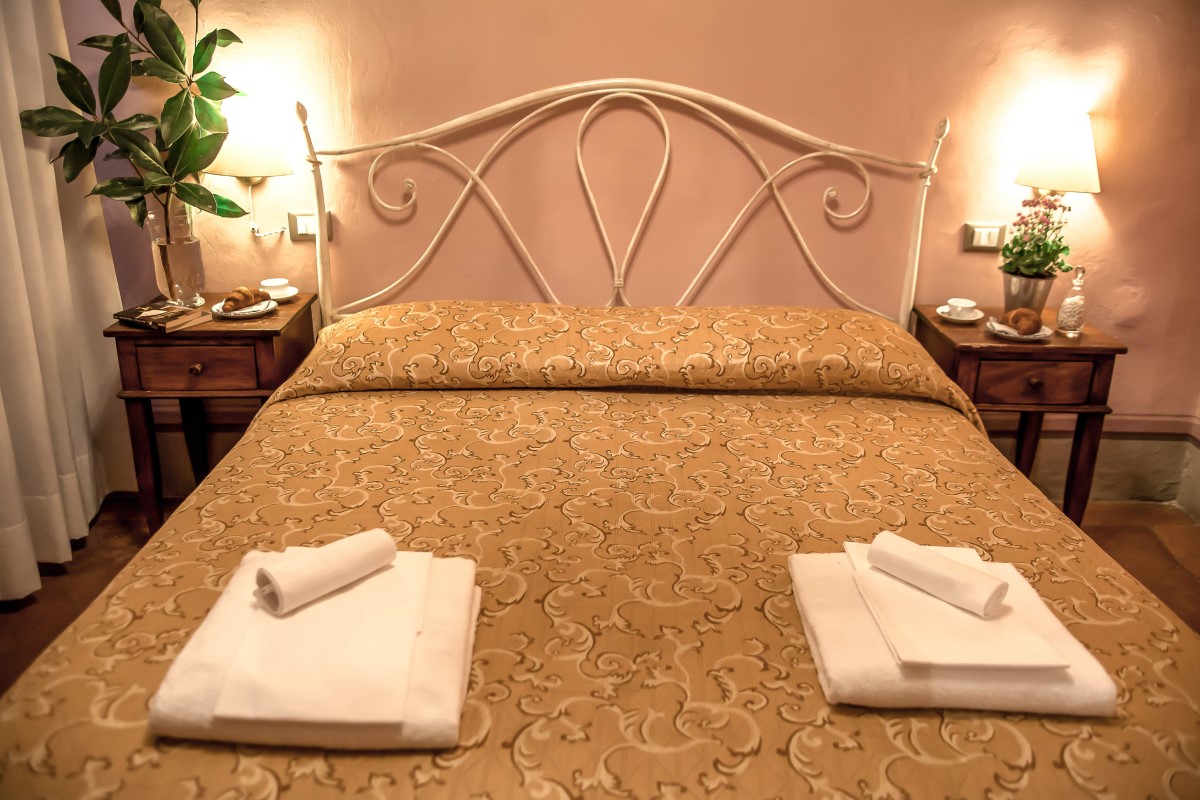
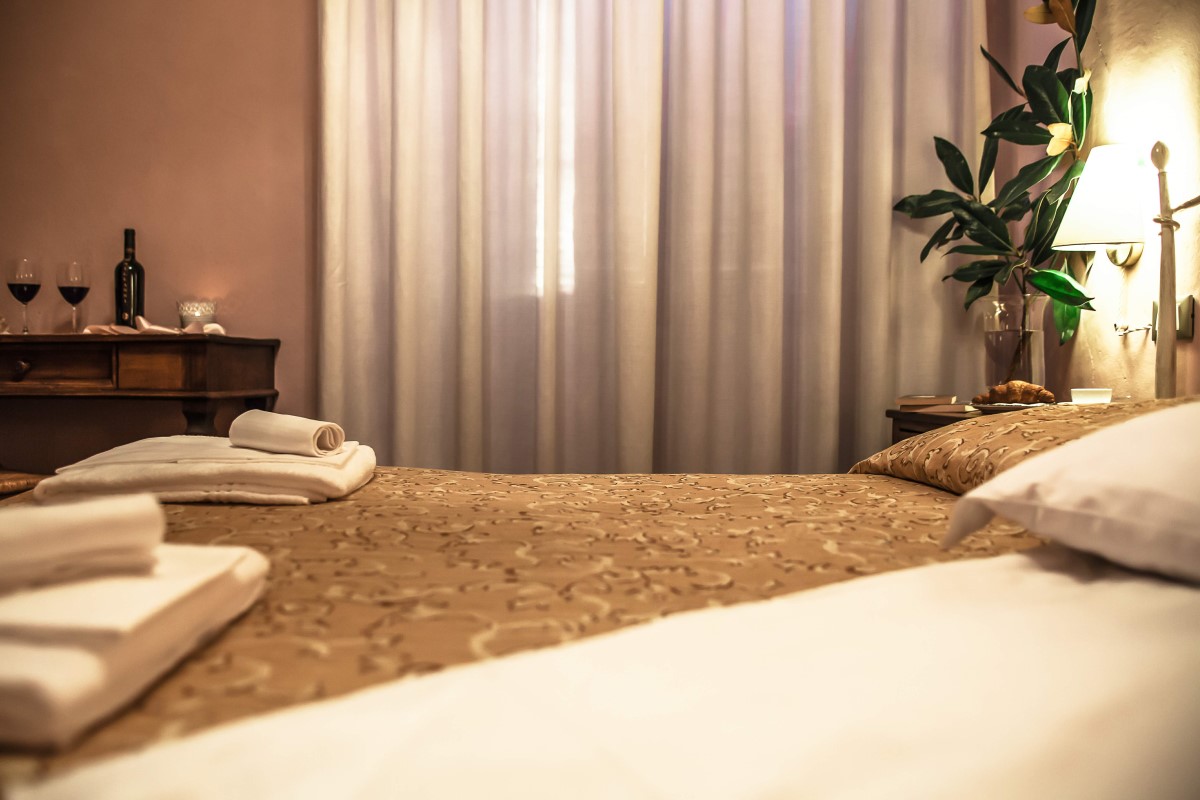
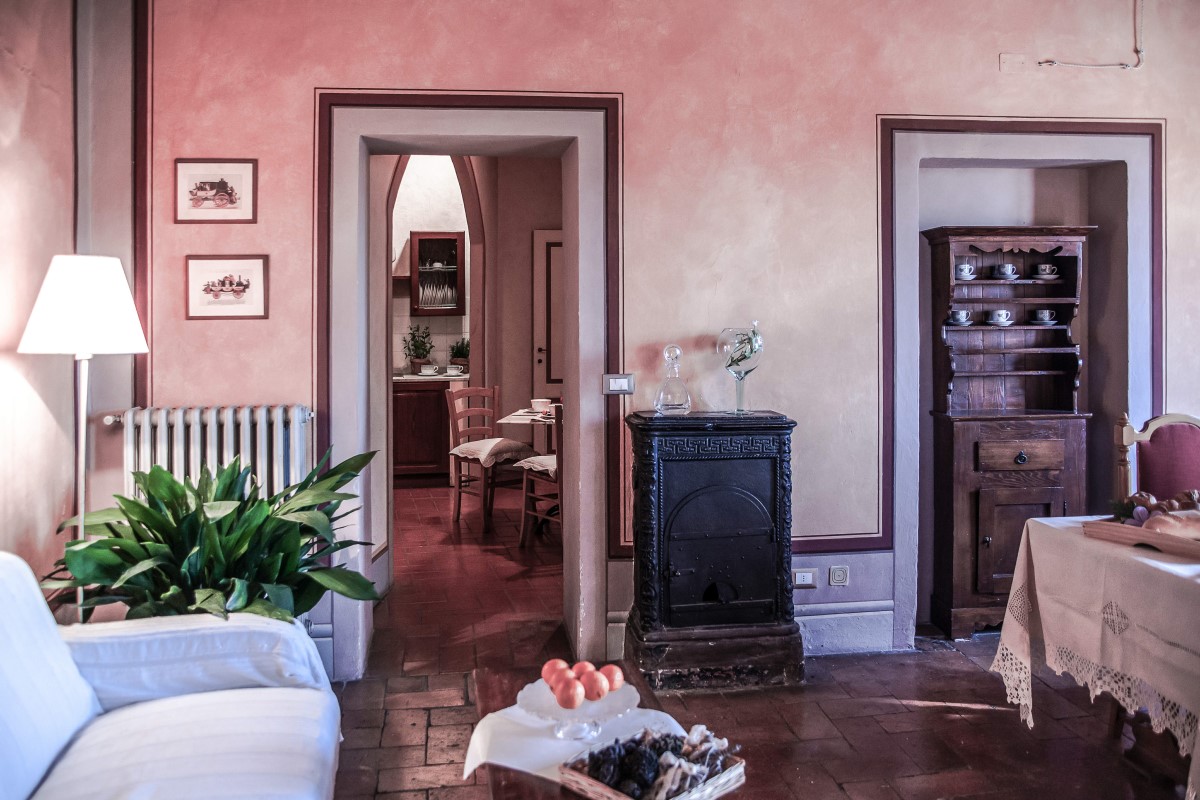
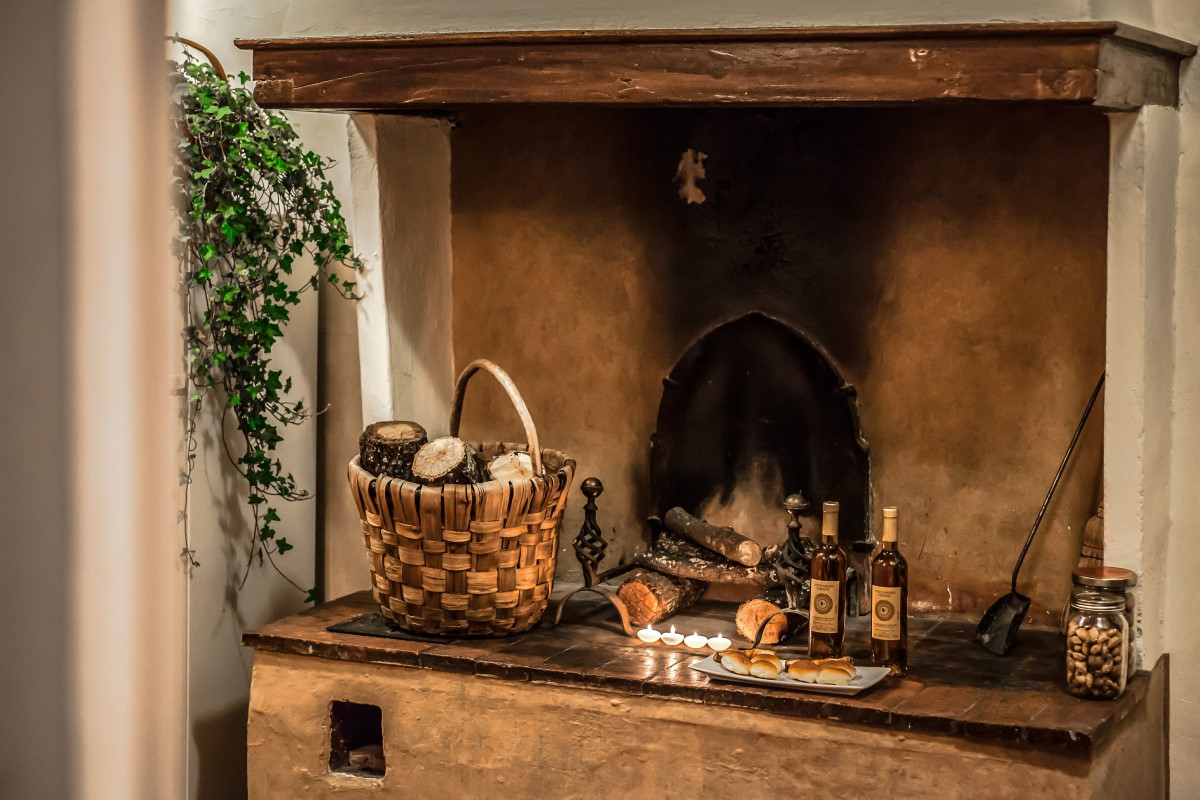
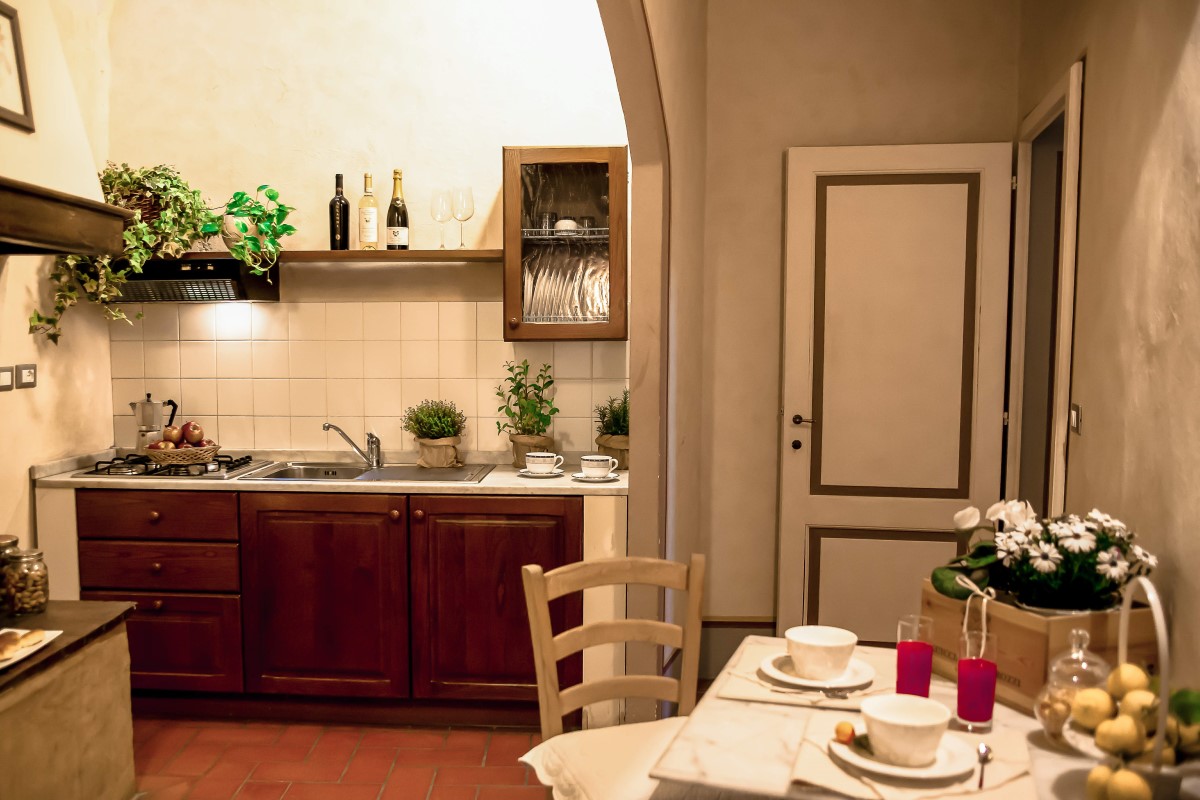
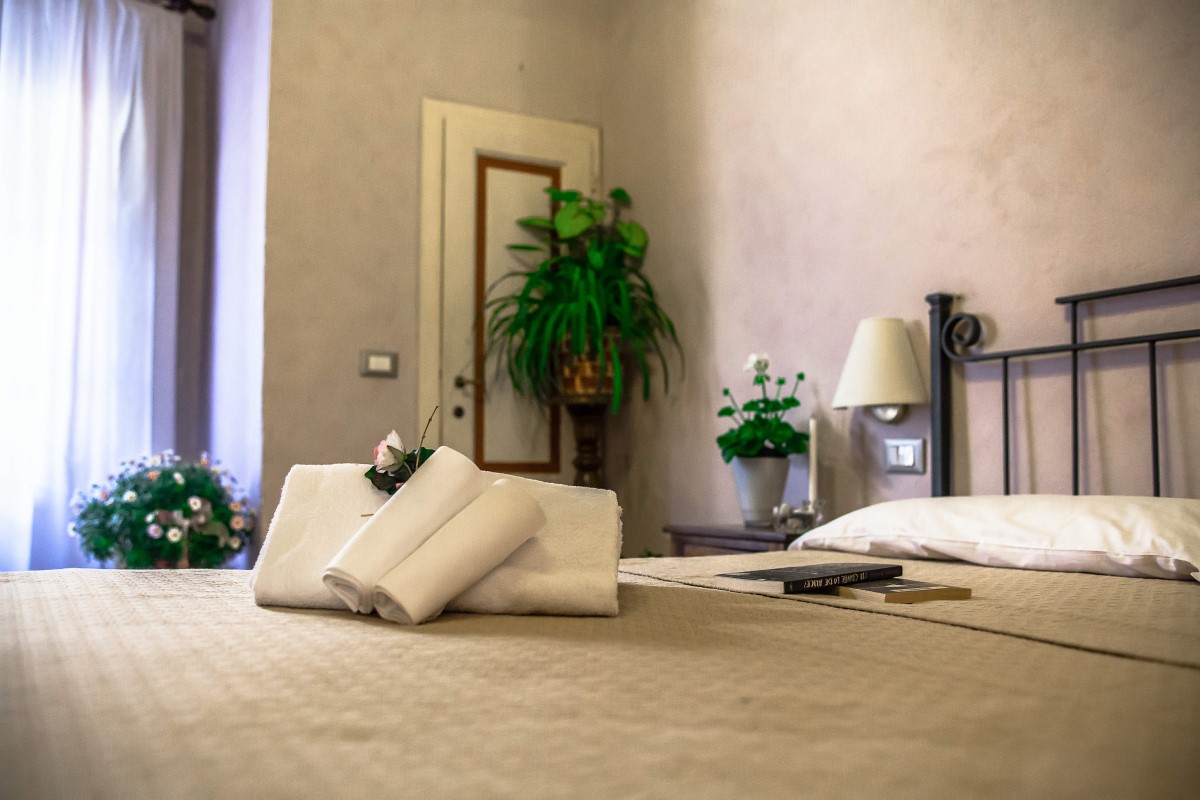
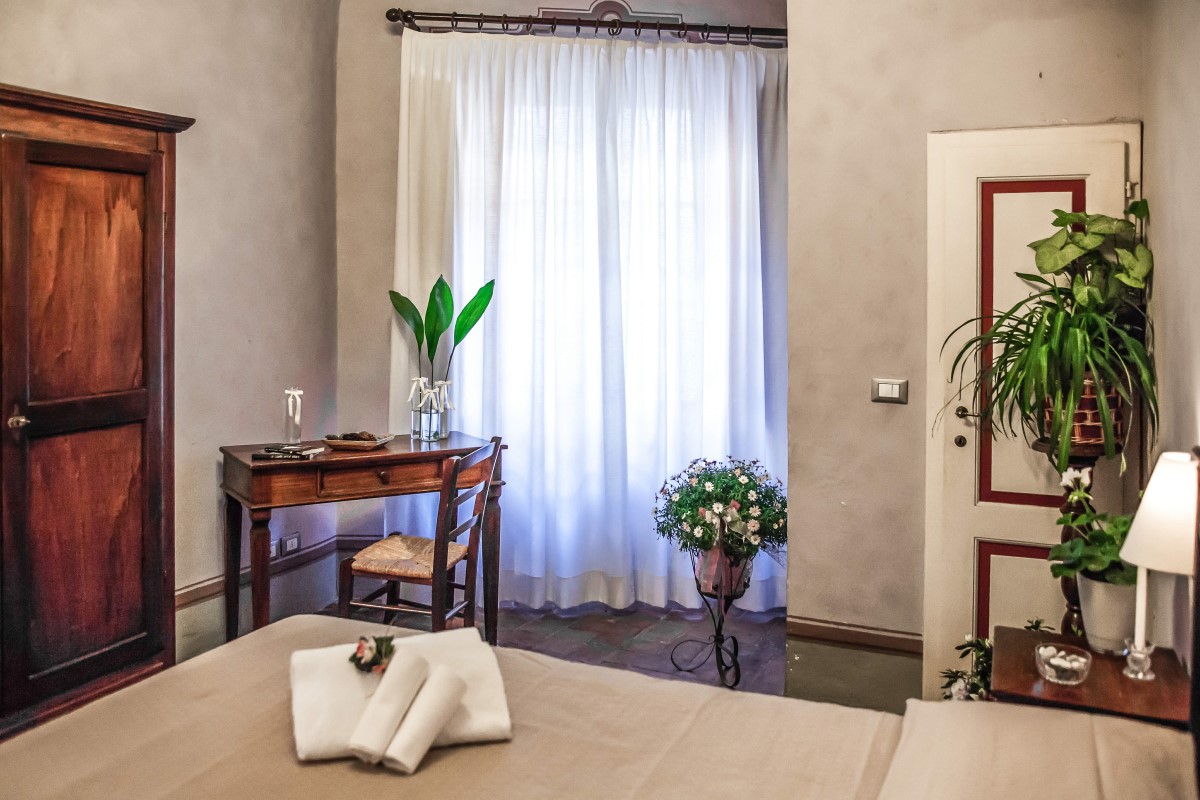
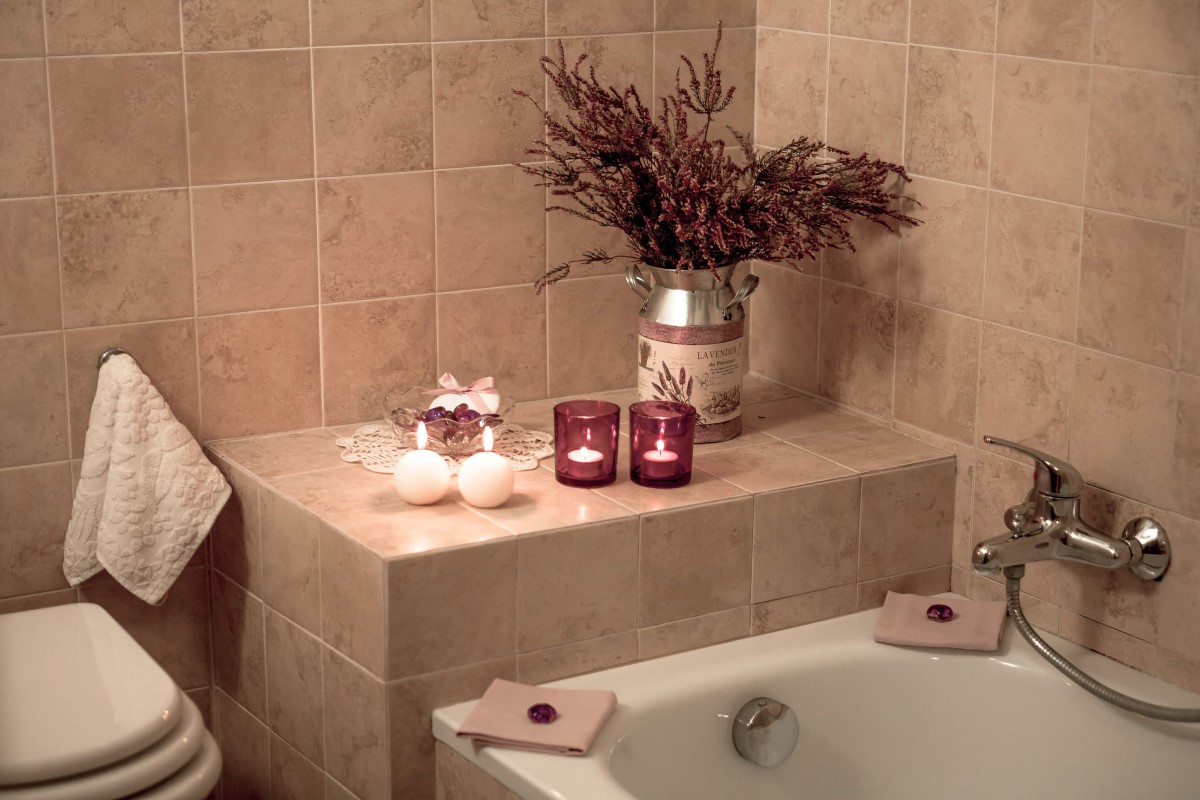
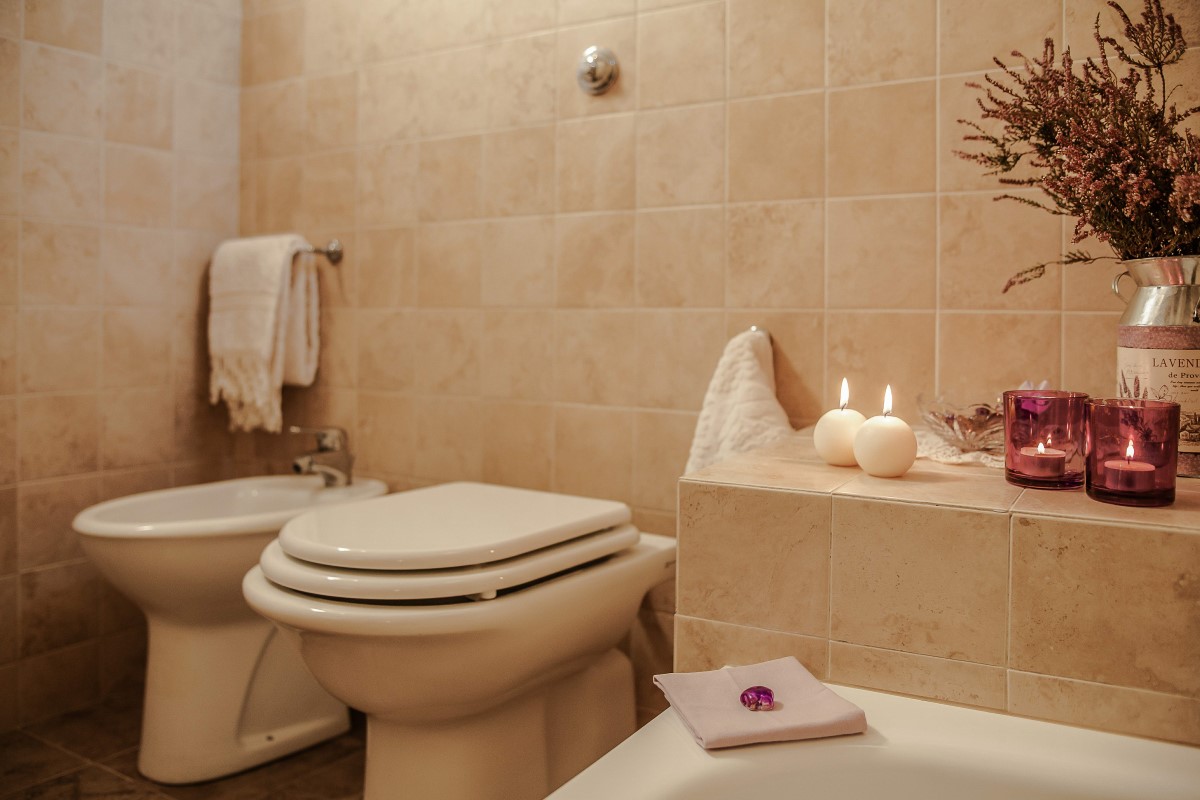
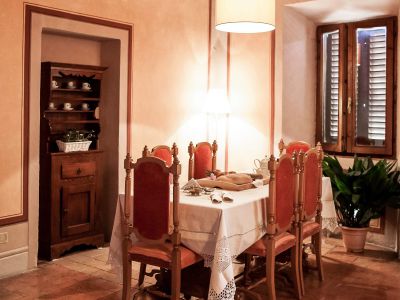
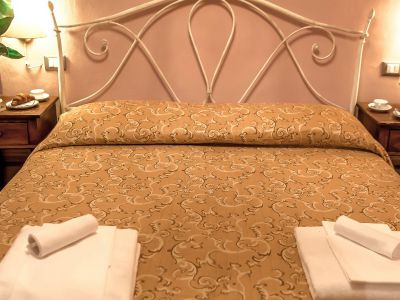

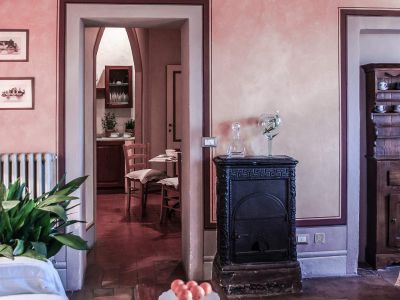
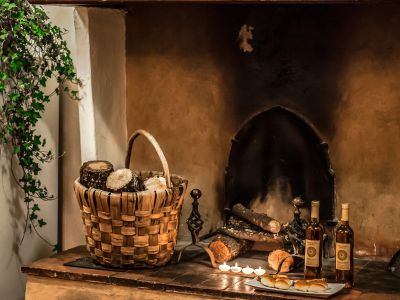
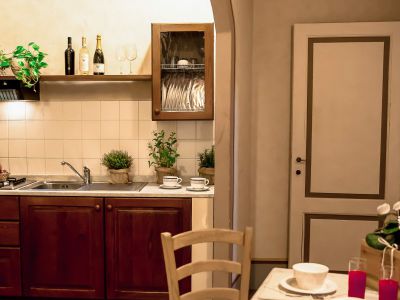
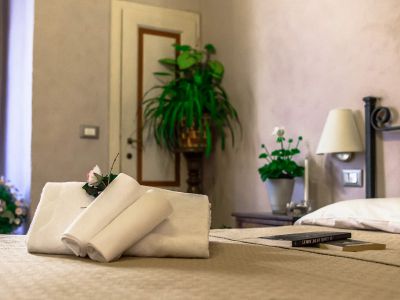
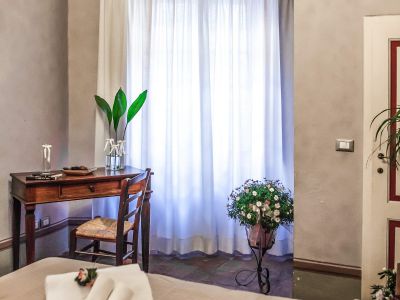


This charming apartment is located on the ancient city walls of San Gimignano; it offers a fascinating view of the medieval gate “San Matteo”. The apartment of about 100 sqm. is located on the second floor and consists of a spacious and bright living room, a kitchen with fireplace, two double bedrooms, a bathroom with bath / shower and a toilet. Firewood is at guest’s disposal in the garden woodshed. Suitable for all exigencies.
Entrance from Viale Garibaldi
Mura di San Gimignano
Situated on a hill at about 324 m. above sea level, between the Val d'Elsa and the Val d'Era, San Gimignano has always played a major role, also in the military and strategic field. During the Middle Ages, thanks to the prosperity derived from the trades and commerce thrived along the Via Francigena, and to its privileged position between the powerful cities of Siena and Florence, the Val d'Elsa area was a fertile ground for the development of local autonomies.
The first nucleus of the town developed on the hill called “Poggio della Torre”, where the ancient residence of the Bishop of Volterra was built, and on the Poggio di Montestaffoli, where the fortress “la Rocca” will be then erected. In 998 the settlement was surrounded by walls. In 1207 new surrounding-walls were built (partly still visible in the urban planning) to include the “suburbs” of S. Matteo and S. Giovanni. Three gateways still testimony the architectural memory of this early walls: the “Arco di Goro” or “Porta Santo Stefano” northwards, the “Arco de’ Becci” eastwards and the “Porta della Cancelleria” westwards. In 1229 San Gimignano supported the Florentines in the war against Siena by consolidating a historic alliance. In the coming years, being now a free and prosperous commune, San Gimignano showed a tower-studded skyline; towers and tower-houses were symbols of the wealth of noble and powerful families that ruled in the town.
In 1251 new city walls were built, enclosing the new neighborhoods and Montestaffoli; the two main gates, San Giovanni and San Matteo, along the Via Francigena, were completed in 1262. This latest tall and thick walls, made of stones resisted through the centuries and are almost intact together with the gates to access to the town centre: the above-mentioned S. Giovanni and S. Matteo, the Porta delle Fonti (close to the medieval fountains), Quercecchio and S. Jacopo. In 1260 the city walls were enlarged to include the church of Sant'Agostino, originally built outside.